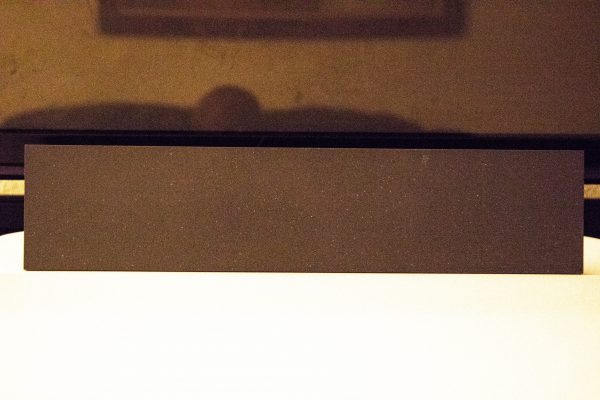 What is it?
What is it?
The Mohu Blade HD antenna is an over the air HD antenna that is designed to receive high definition TV channels that are being broadcast over the air for free.
What’s in the box
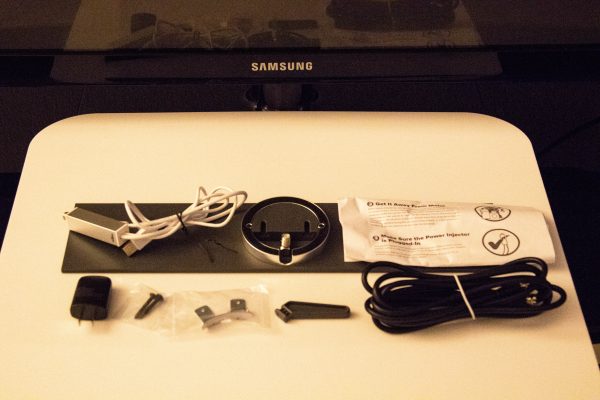
Package contents:
1 x Blade Antenna
1 x 10’ Coaxial Cable
1 x 90 Degree Coax Adapter
1 x Power Injector
1 x Antenna Kickstand
1 x Safety Bracket
2 x 3/16*32L Wood Screws
2 x 16mm Wood Screws
1 x Instruction Leaflet
Design and features
The Mohu Blade HD antenna is a simple design with a sleek look that easily blends into the surrounding environment. That actual antenna blade and surface is a nice “cool” gray, and it measures 18 inches by 4 inches. It is slightly less than a centimeter thick, except for the protrusion in the center of the back for the coaxial cable connection and the kickstand. (I did not mount it to the wall)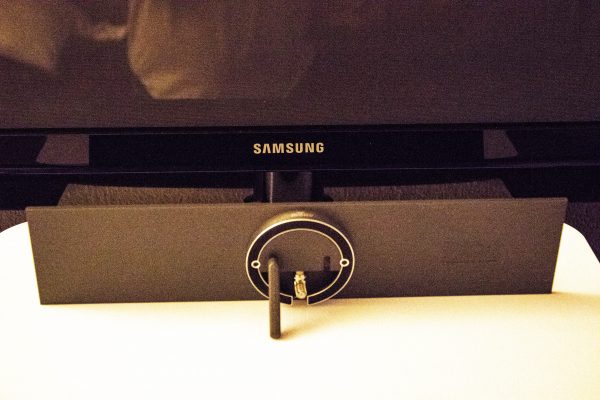
Once you connect the 90 degree coaxial adapter and the coaxial cable, you connect the other end of the coaxial cable to one end of the included power injector. The other end of the power injector has two cables. One goes to the USB AC adapter and the other plugs into the TV’s coaxial input.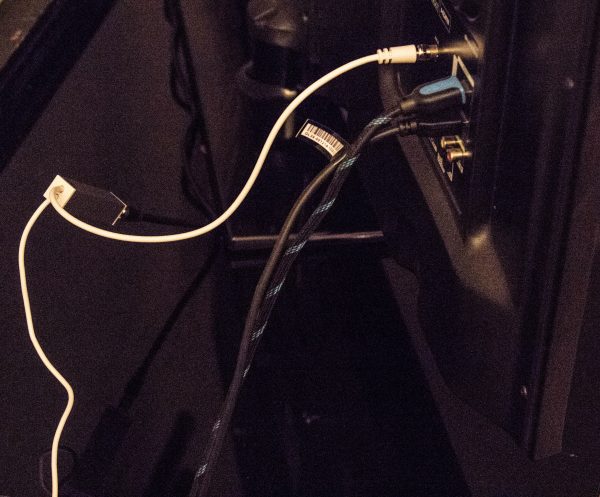
After making all of the necessary connections, you choose the “TV” input on your TV, and at least in my case, I selected the “scan” option for the TV to scan and save the channels that were being received via the antenna. After that, it was ready to go, with all received channels being displayed in HD.


What I like
I love the simplicity of this antenna, the sleek and unobtrusive look, the slim form factor, and the ease of installation. I also love that every channel that it is able to receive, displays with great quality and consistency. The reception is very good with very few glitches.
What can be improved
The only improvement that I can think of is that a longer coaxial cable should be included with the antenna. Since the instructions state that “for an antenna to work effectively in this situation it must be moved away from large metal objects, and placed in a window facing the direction of the towers”, a few more feet of coaxial cable would add some flexibility for placement. The instructions also state that if needed, “additional coaxial cable can be added, but excessive cable may cause reception loss”. Since no specifications were provided to identify what the approximate maximum length of cable should be, I am uncertain of what length of cable I can add, and therefore if repositioning the antenna further away, would net me more channels.
Final thoughts
Over the air antennas have come a very long way in quality, design and capabilities. This OTA HD antenna does not disappoint and does exactly what is designed to do. It performs very well, and since the cable company in my area does have its share of outages, this antenna is now permanently attached to my living room TV.
Price: $49.95
Where to buy: Amazon
Source: The sample for this review was provided by Mohu.
The post Mohu Blade HDTV antenna review appeared first on The Gadgeteer.
Filed in categories: Reviews
Tagged: Antenna
Mohu Blade HDTV antenna review originally appeared on The Gadgeteer on May 1, 2018 at 12:00 pm.
Note: If you are subscribed to this feed through FeedBurner, please switch to our native feed URL http://the-gadgeteer.com/feed/ in order to ensure continuous delivery.

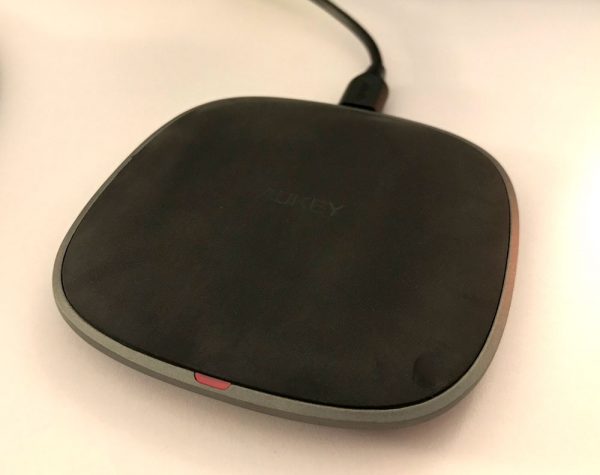
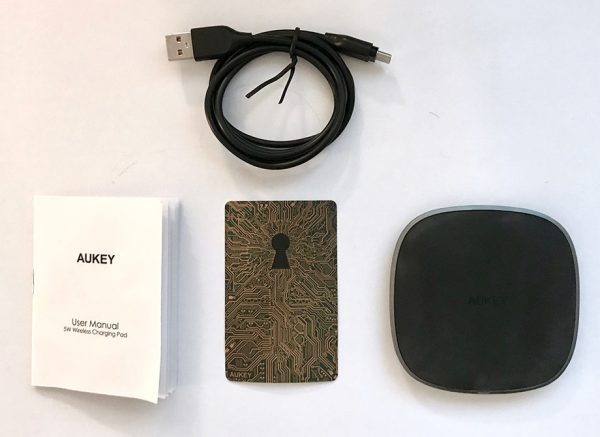
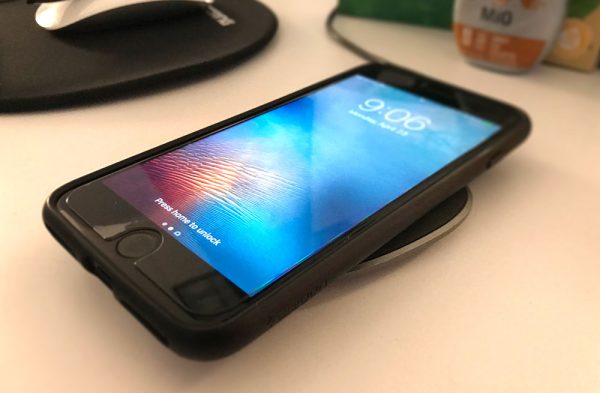
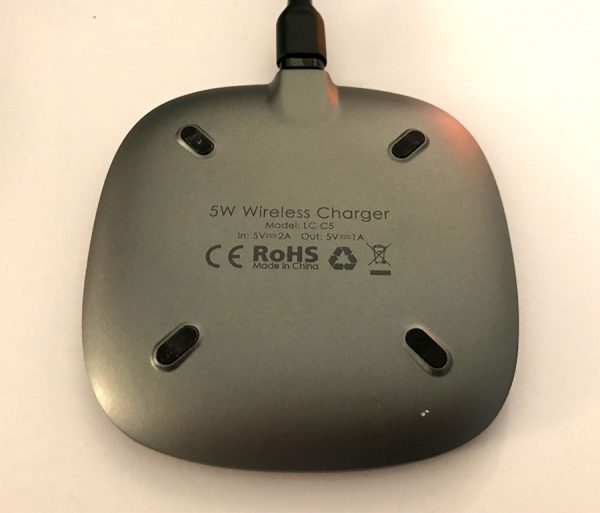
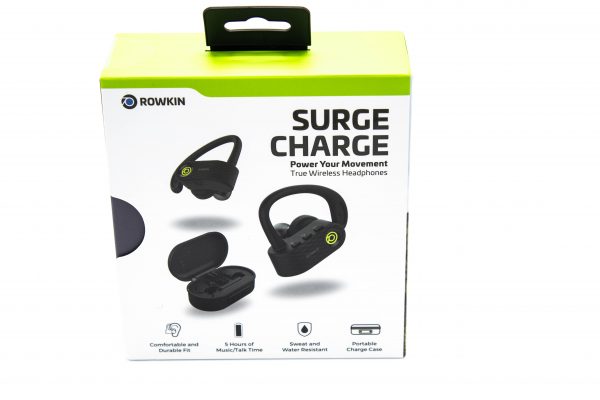
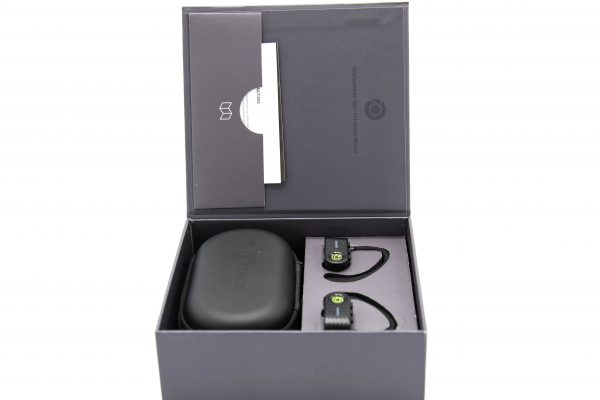

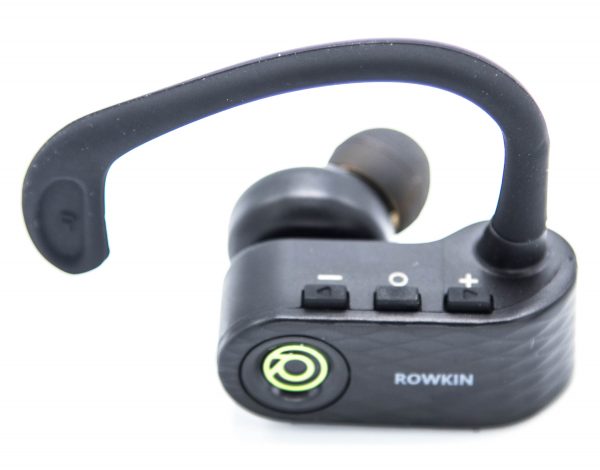
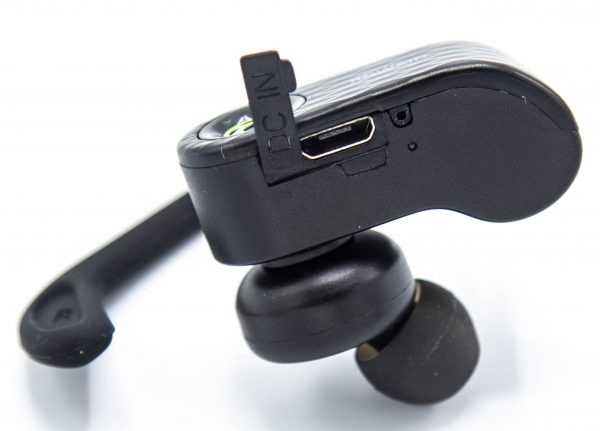
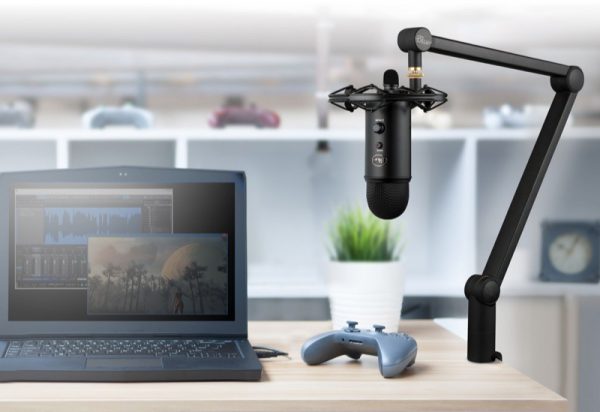
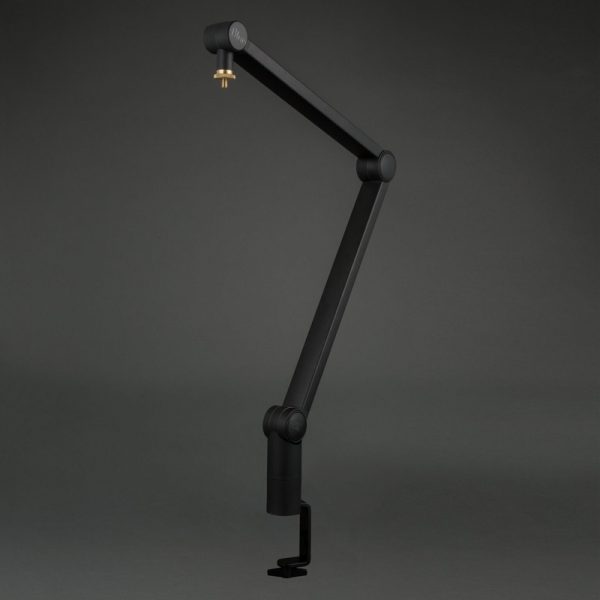
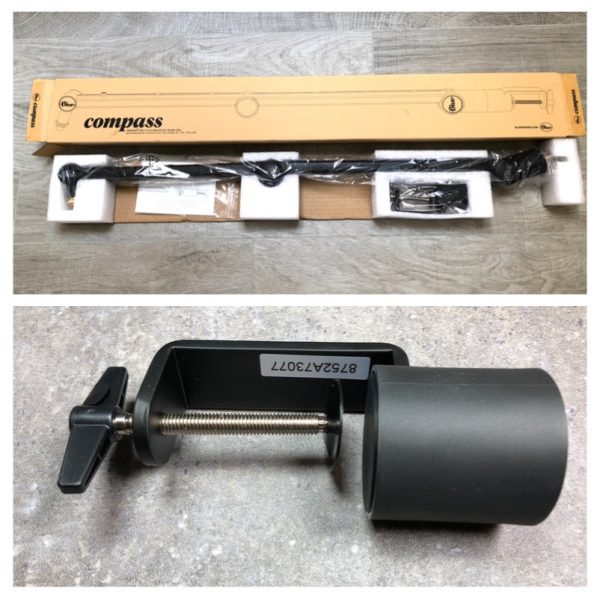
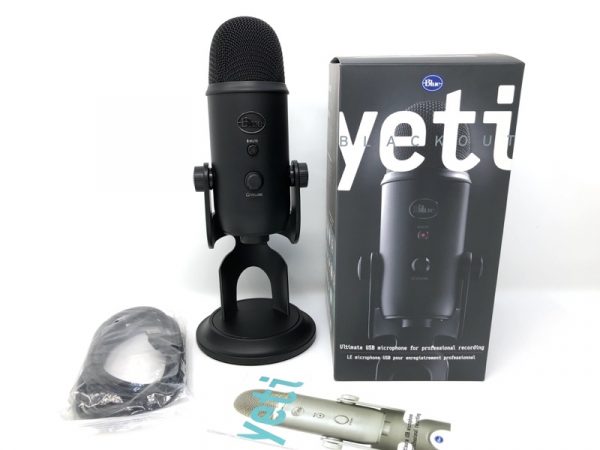 The Yeti should be a familiar sight by now. This one is called the “Blackout” which matches the Compass arm perfectly.
The Yeti should be a familiar sight by now. This one is called the “Blackout” which matches the Compass arm perfectly. 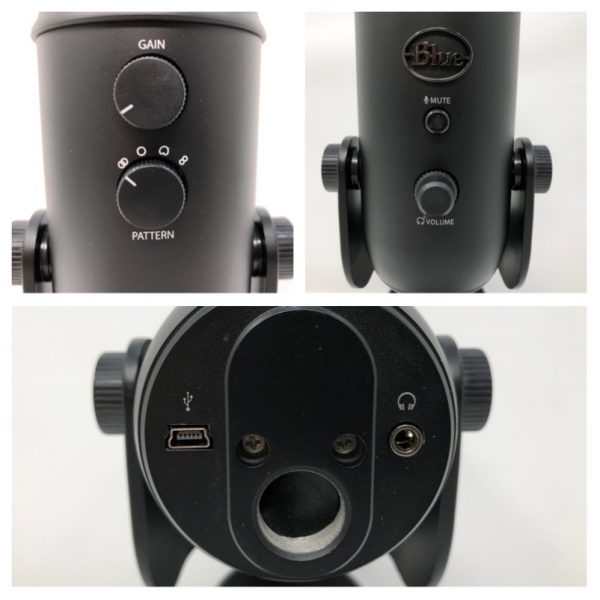
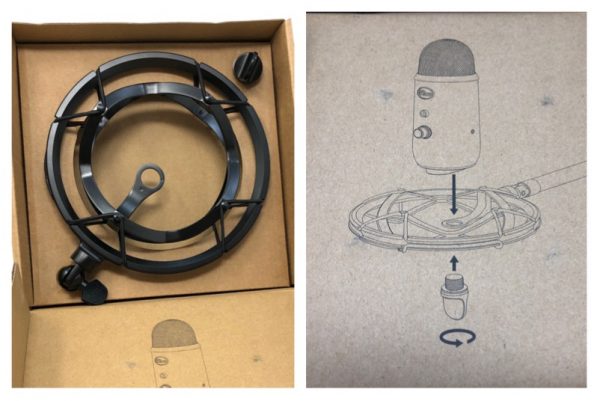
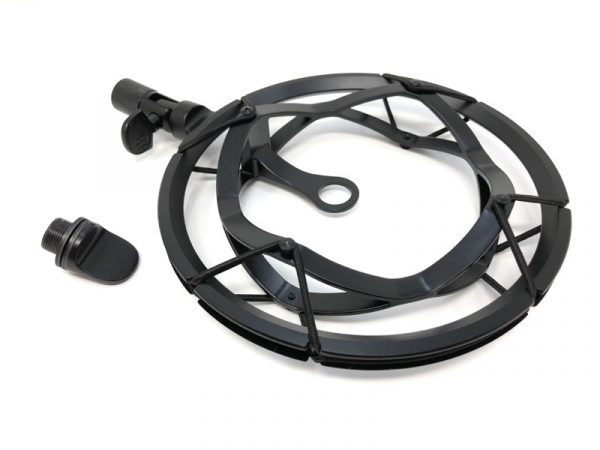
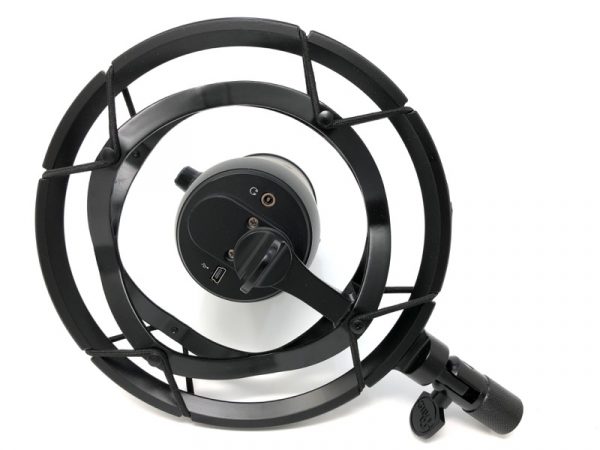
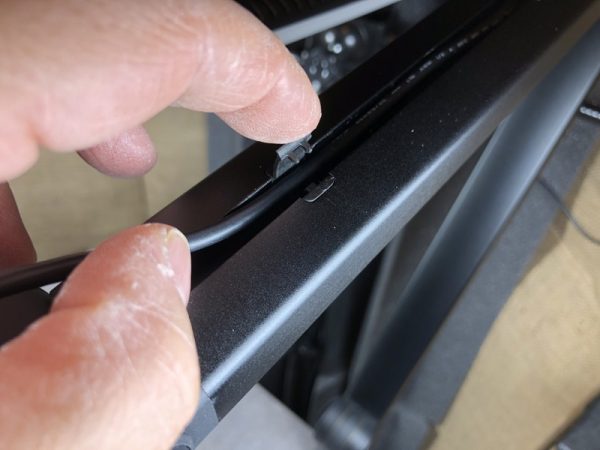
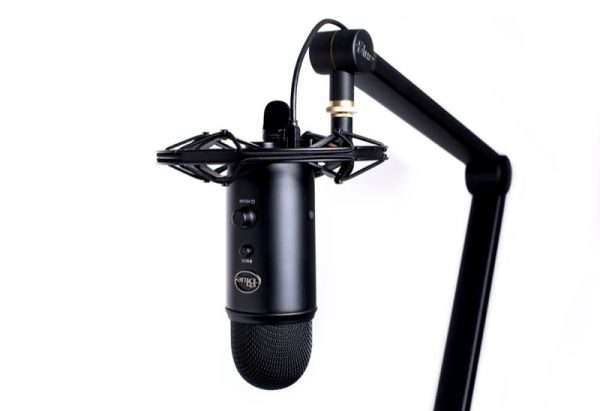
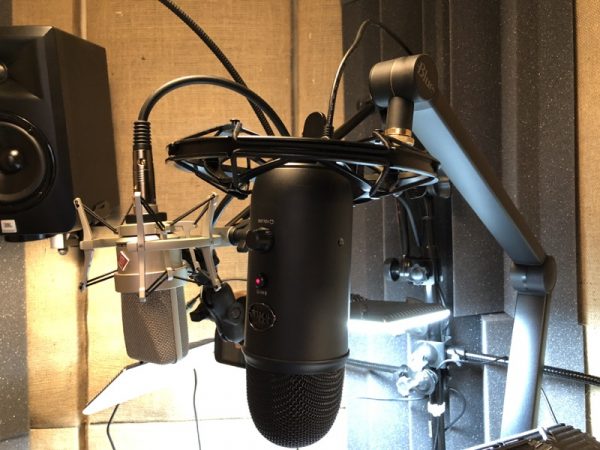
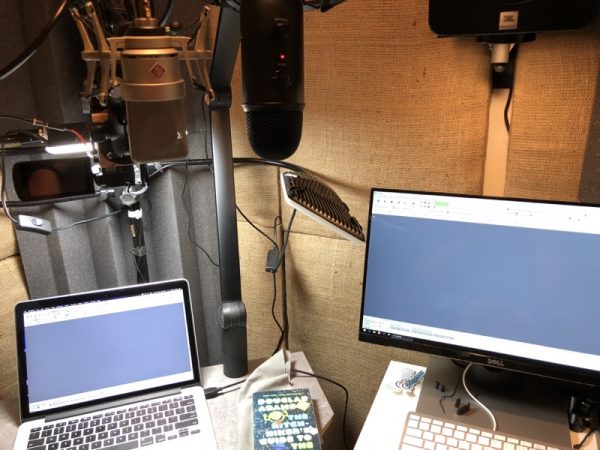
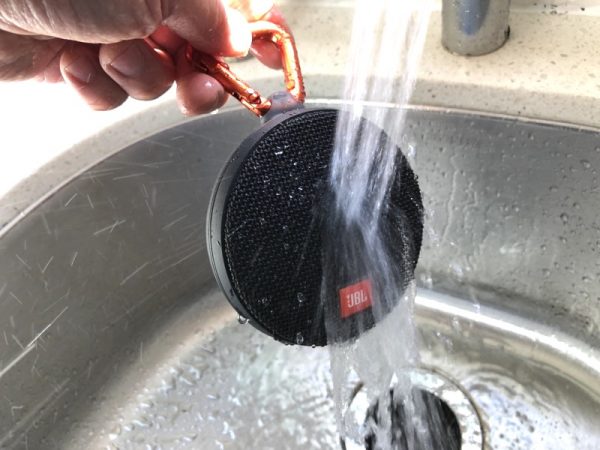
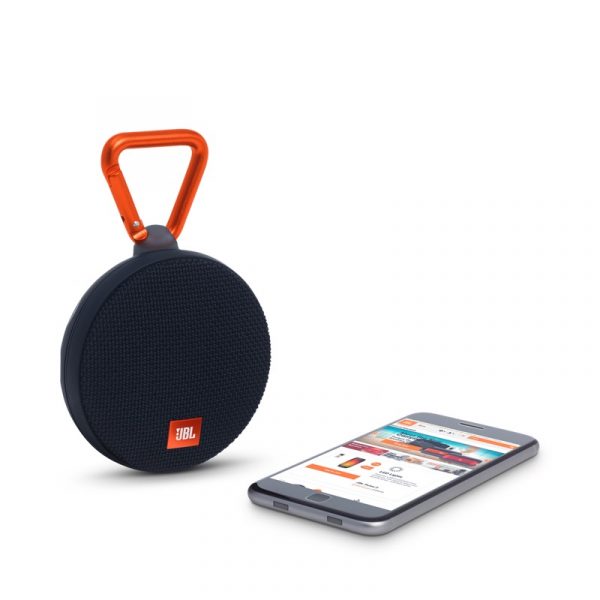
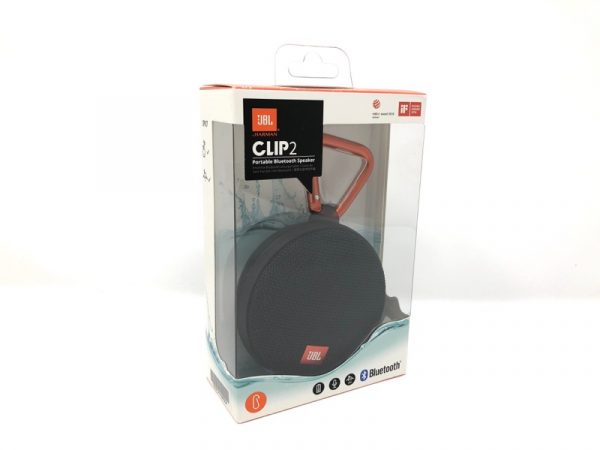
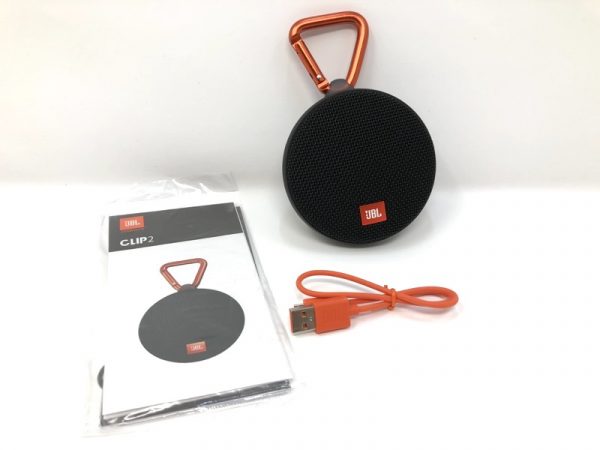 In the box, you’ll find some documentation and a color-matched USB charging cable.
In the box, you’ll find some documentation and a color-matched USB charging cable.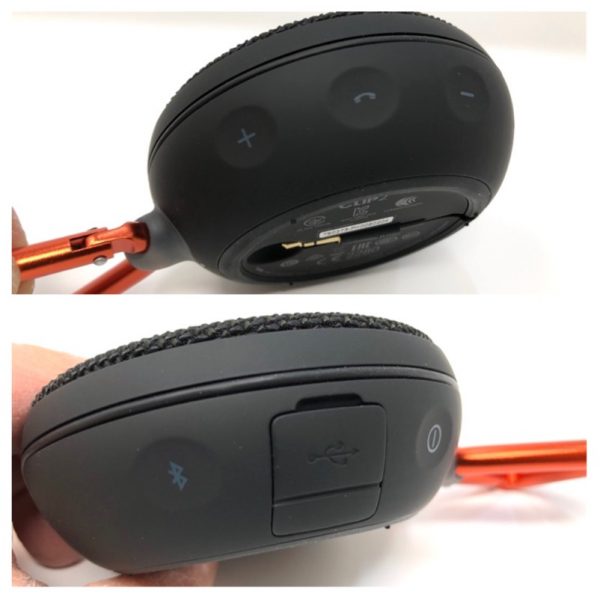 The outside of the speaker is covered in a grippy, rubber-like finish. On one side is the volume and phone control. On the other is the Bluetooth pairing button and power button. Note the sealed USB charging connector.
The outside of the speaker is covered in a grippy, rubber-like finish. On one side is the volume and phone control. On the other is the Bluetooth pairing button and power button. Note the sealed USB charging connector. 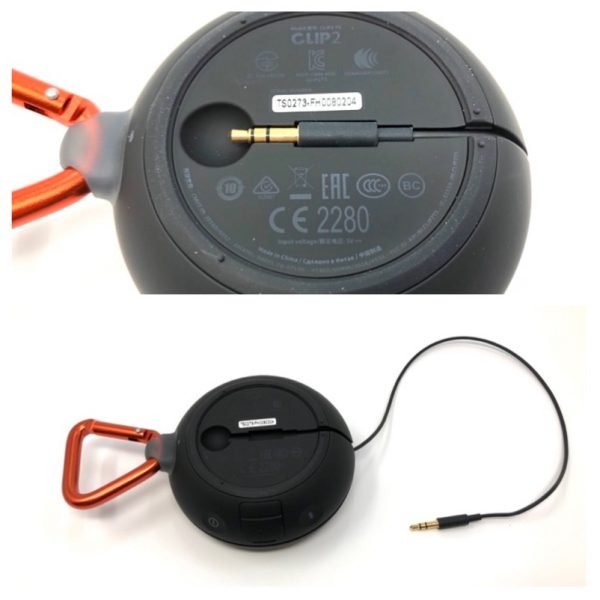 The Clip2 has a secondary, non-wireless playback method. Simply uncurl the attached headphone-style cable and plug into your 1/8″ inch headphone output. I’d be careful with this one. It appears to be the weakest link on the Clip2.
The Clip2 has a secondary, non-wireless playback method. Simply uncurl the attached headphone-style cable and plug into your 1/8″ inch headphone output. I’d be careful with this one. It appears to be the weakest link on the Clip2. 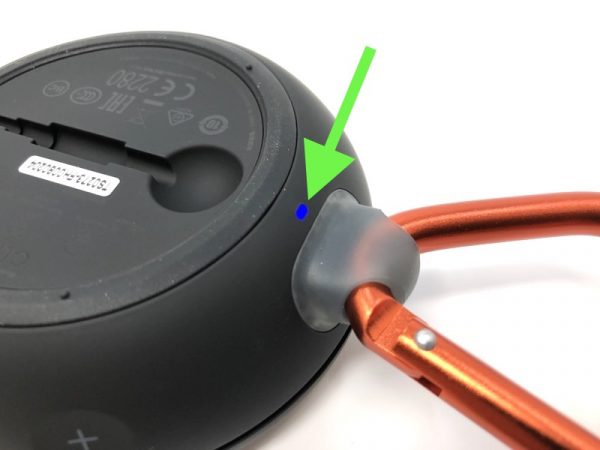 I almost missed the tiny LED indicator at the base of the carabiner clip. Here it is lit up in blue to indicate pairing status.
I almost missed the tiny LED indicator at the base of the carabiner clip. Here it is lit up in blue to indicate pairing status.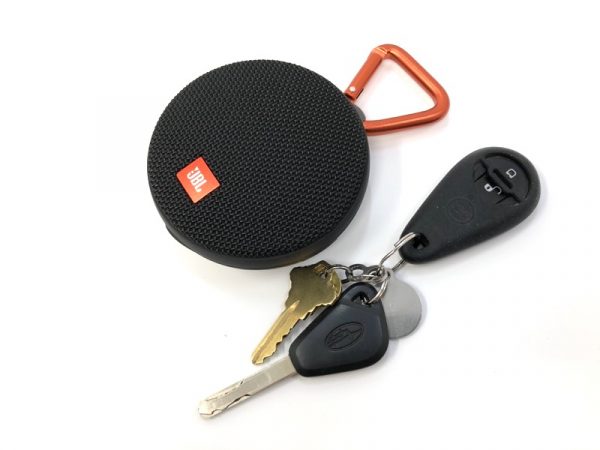
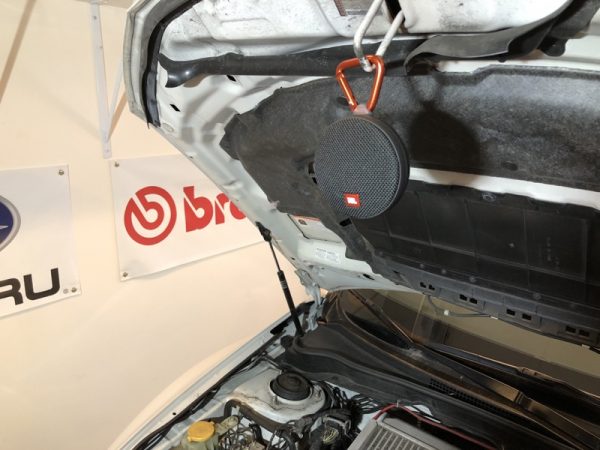 The carabiner clipped easily to most things, such as the hook of an open car hood.
The carabiner clipped easily to most things, such as the hook of an open car hood.